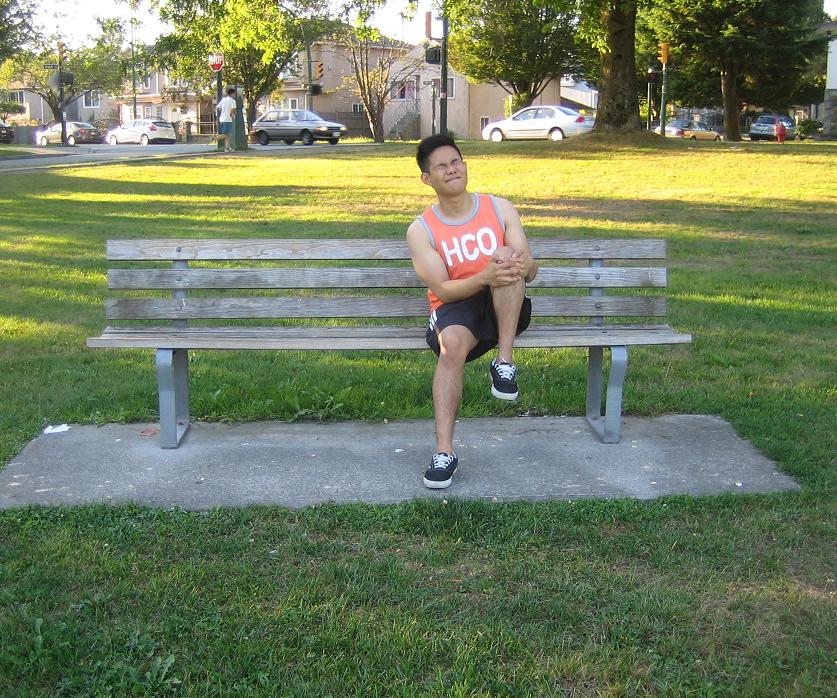Achilles tendon rupture is an injury affecting the back of the lower leg and usually affects individuals playing recreational sports.
The Achilles tendon is a fibrous cord connecting the muscles in the back of the calf to the heel bone. Stretching the Achilles tendon can cause tearing or rupturing completely or partial tearing of the area. A pop or snap occurs when the Achilles tendon ruptures with severe pain at the back of the ankle and lower leg. With this condition, there is difficulty walking.
[youtube url=”https://www.youtube.com/watch?v=t0boD9MWRok” width=”220″]Symptoms of Achilles tendon rupture
- A pop or snap sound
- Swelling near the heel
- Severe pain at the back of the ankle or calf which is similar to “hit by a rock”.
- A gap or depression can be seen in the tendon about 2 inches above the heel bone.
- There is difficulty in standing on tiptoe and pushing off when walking
- Swelling, pain and stiffness of the area and bruising and weakness.
- The pain may lessen suddenly and the small tendons still have the ability to point the toes.
Severe pain can be felt at the back of the ankle or calf which can be described as “being hit by a rock”.
Causes
- Achilles tendon rupture can be due to falling from a height.
- Increasing the intensity of sports especially those that require jumping
- Stepping into a hole
- The Achilles tendon can become weak and thin as the person ages and lack of use which makes it susceptible to rupture and injuries.
- Certain conditions such as arthritis and diabetes, medications such as corticosteroids and antibiotics increase the risk of tendon rupture.
- Making a strong push-off with the foot while the knee is straigthened by the strong thigh muscle such as starting a foot race or jumping.
Treatment
- Take plenty of rest especially the affected area
- Protect the affected area to allow time for healing and prevent making the condition worse.
- Move the foot and ankle to prevent making the area stiff as well as causing loss of muscle tone.
- Apply an ice pack on the affected area to minimize the swelling and spasm. Put ice cubes in a plastic bag and wrap it in a towel and then apply on the area for at least 10-15 minutes several times every day as needed. If ice is not available, a bag of frozen peas can be used. Avoid applying the cold compress directly on the skin to prevent frostbite and making the condition worse.
- Compress the affected area to lessen the swelling and avoid wrapping it too tight to prevent cutting off the blood supply in the area. Wrap the foot and the lower leg using an elastic bandage or compression wrap. Keep the area wrapped for at least a few days until the swelling and soreness is reduced.
- Elevate the affected area above the level of the heart to lessen the swelling and allow fluid and blood to flow back to the heart.
- Take the prescribed over-the-counter pain medication such as acetaminophen and ibuprofen to relieve the pain and inflammation.
FACT CHECK
https://en.wikipedia.org/wiki/Achilles_tendon_rupture
https://orthoinfo.aaos.org/en/diseases–conditions/achilles-tendon-rupture-tear-video/
https://www.mayoclinic.org/diseases-conditions/achilles-tendon-rupture/symptoms-causes/syc-20353234

